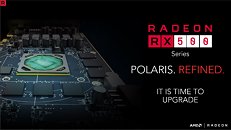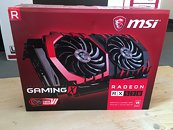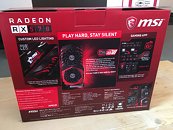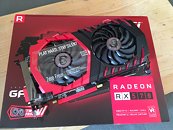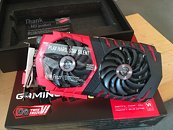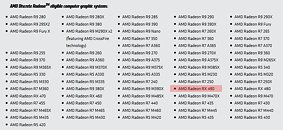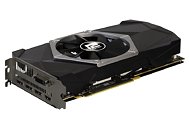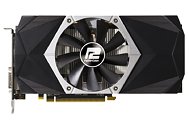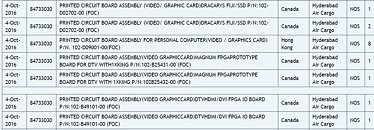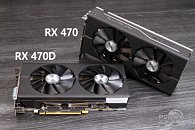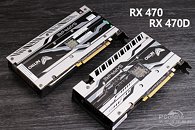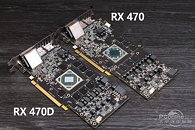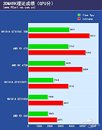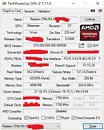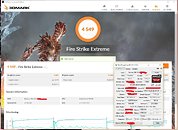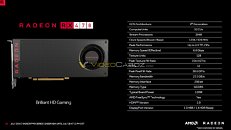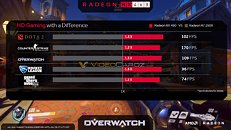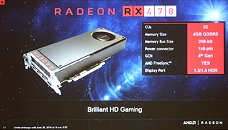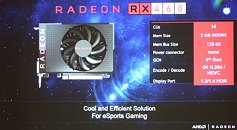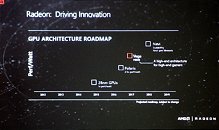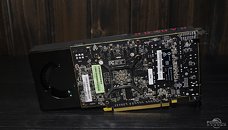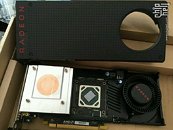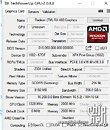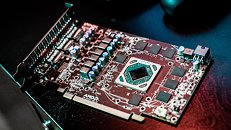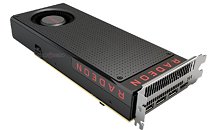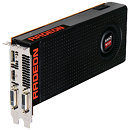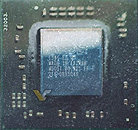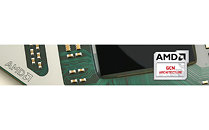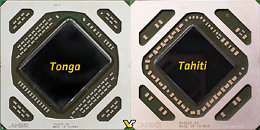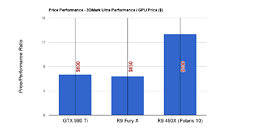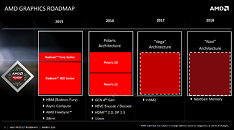
AMD Announces the Radeon RX 500 Series
AMD today announced the Radeon RX 500 series graphics cards. The lineup is based on a "refined" variants of the "Polaris" family of GPUs that power the RX 400 series. These include manufacturing-level refinements on the 14 nm FinFET process, which enable higher clock speeds; lower idle and multi-monitor power draw, and a host of software features. The lineup consists of four SKUs, beginning with the Radeon RX 550 at a sub-$79 price point, followed by the Radeon RX 560, which succeeds the RX 460 at $99; the RX 570, which starts at $169, and the RX 580, which is priced at $199 for the 4 GB variant, and $229 for the 8 GB variant.
The RX 580 and RX 570 are based on the 14 nm "Lexa" Polaris20 silicon. This chip is nearly identical to the "Ellesmere" Polaris10, except for the manufacturing-level improvements that enable higher clock speeds. The RX 580 features 2,304 stream processors across 36 compute units, 144 TMUs, 32 ROPs, and 8 GB or 4 GB of GDDR5 memory across a 256-bit wide memory interface. The core is clocked at 1257 MHz, with 1340 MHz boost, and 8.00 GHz (GDDR5-effective) memory. The RX 570, on the other hand, features 2,048 stream processors across 32 compute units, 128 TMUs, 32 ROPs, and clock speeds of 1168 MHz core, 1244 MHz boost, and slightly faster 7.00 GHz (GDDR5-effective) memory. Although available in 4 GB and 8 GB variants, 8 GB appears to be the most common memory amount for the RX 580, and 4 GB for the RX 570.
The RX 580 and RX 570 are based on the 14 nm "Lexa" Polaris20 silicon. This chip is nearly identical to the "Ellesmere" Polaris10, except for the manufacturing-level improvements that enable higher clock speeds. The RX 580 features 2,304 stream processors across 36 compute units, 144 TMUs, 32 ROPs, and 8 GB or 4 GB of GDDR5 memory across a 256-bit wide memory interface. The core is clocked at 1257 MHz, with 1340 MHz boost, and 8.00 GHz (GDDR5-effective) memory. The RX 570, on the other hand, features 2,048 stream processors across 32 compute units, 128 TMUs, 32 ROPs, and clock speeds of 1168 MHz core, 1244 MHz boost, and slightly faster 7.00 GHz (GDDR5-effective) memory. Although available in 4 GB and 8 GB variants, 8 GB appears to be the most common memory amount for the RX 580, and 4 GB for the RX 570.
